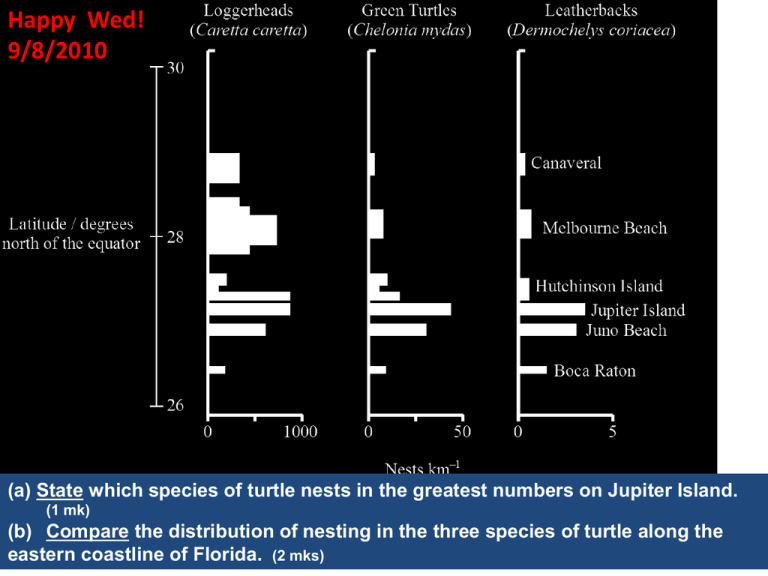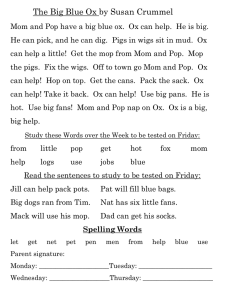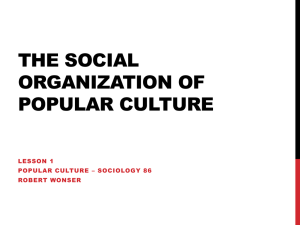5 3 Populations - Ms. Lee`s Classes @ JICHS
advertisement

Happy Wed! 9/8/2010 (a) State which species of turtle nests in the greatest numbers on Jupiter Island. (1 mk) (b) Compare the distribution of nesting in the three species of turtle along the eastern coastline of Florida. (2 mks) • (a) loggerheads / Caretta caretta 1 • (b) all three species nest over the same range of latitudes on the same beaches/areas; density of loggerheads is greatest and leatherbacks is lowest; similar relative densities/numbers on the different beaches / latitudes; all three had most nests on Jupiter; more loggerheads at northern end of range /(Do not accept answers giving around 28 (°N) / on Melbourne;) the range 26–28 or 26–30.) 2 max I’ll CHECK your IB Journal on quiz day for 5.1 and 5.3 Don’t forget... • “Exercises” ?s as you read or after we’ve gone over in class – Make sure you GET IT • “Practice ?s” @ end of chapter— old exam ?s – Studying for quizzes/tests! 5.3 Populations 5.3.1 Outline how population size is affected by natality, immigration, mortality and emigration. 5.3.2 Draw and label a graph showing a sigmoid (Sshaped) population growth curve. 5.3.3 Explain the reasons for the exponential growth phase, the plateau phase and the transitional phase between these two phases. 5.3.4 List three factors that set limits to population increase. 5.3.1 Factors affecting pop size 5.3.2 Pop growth curves • MODEL – Change in pop size over time • Pop expanding into a habitat offering INITIAL LOW RESISTANCE or LOW LIMITING FACTORS A-Exp = rapid pop growth rate B-slowing but still high C-plateau = pop remains stable w/time; slight oscillations 5.3.3 Phases of pop growth curve…details! EXPONENTIAL PHASE • Low/reduced limiting factors • Pop expands exponentially into hab. @ 2n where n= # of generations • natality + imm. > mortality + emigr. • Note that it does not mean that death/ emigration= 0 !!! When do you observe exp. phase in nature? Pop of germinating annual plants in new season Bacterial pop @ onset of infection Succession—any species’ pop entering previously uninhabited area 5.3.3 TRANSITION PHASE • Resources reduced, become limiting • Competition…not all survive – NATURAL SELECTION! • lower rate of increase in pop 5.3.3 POPULATION PLATEAU • Pop remains constant over time/generations • Natality + imm = mortality + emig • Pop size determined by CARRYING CAPACITY of habitat @ that time What factors affect the rate of growth of a population? What factors LIMIT pop growth of a species? 5.3.4 Factors limiting pop growth • With unltd resources, pop would keep increasing…exponentially! • REALITY CHECK! • Environmental resistance limits it & determines carrying capacity – – – – – Shortage of food/prey Predation, parasitism Disease Accumulation of waste Shortage of space/territory Food for Thought...





